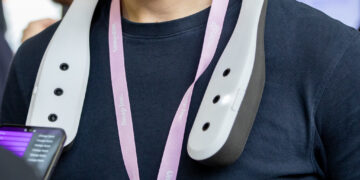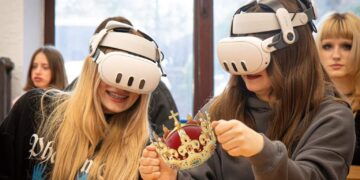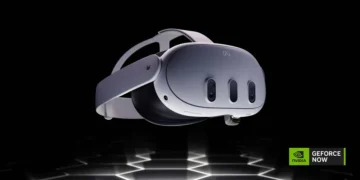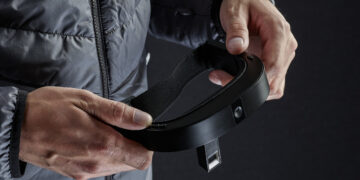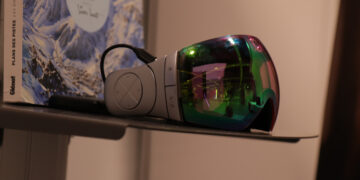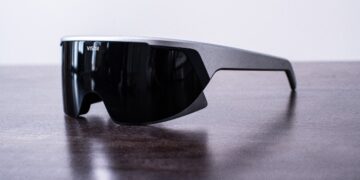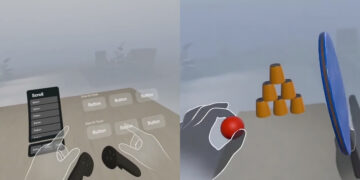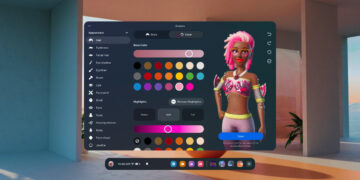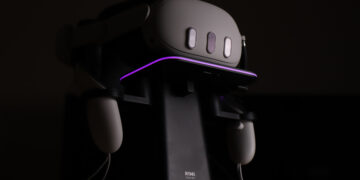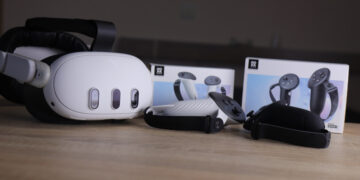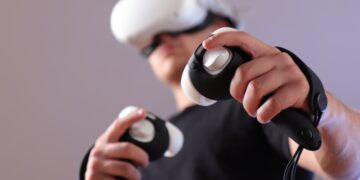Meta introduces legs to players’ avatars, alongside other features, in the latest v57 update for Meta Quest.
Meta has been promising to add legs to their avatars for quite some time. Almost a year ago, during the previous Meta Connect event, the company showcased an avatar of Mark Zuckerberg featuring leg tracking; however, it was eventually revealed that this was merely CGI created using motion capture suits.
Since then, the company has consistently shared updates on its research progress involving the utilization of Artificial Intelligence to predict the positioning of a player’s legs. Given that Meta’s current headsets lack the ability to track users’ legs via headset cameras or external hardware, they are forced to rely solely on predictive algorithms.
After numerous promises and extensive research led by Meta, the moment has finally arrived. Update v57 for Meta Quest 2, Pro, and upcoming Quest 3 is poised to introduce an array of fresh features, with the inclusion of avatars’ legs standing out as one of the major highlights of this update.
Table of Contents
Leg Tracking by AI
At the moment, update v57 is accessible via the PTC (Public Test Channel), which is open to everyone. However, we recommend exercising caution when applying to it. As the name suggests, this is a testing channel, meaning that it could potentially cause various glitches and bugs that might require the device to be factory reset in order to fix any issues.
As shown by multiple people on X and other platforms, the functionality of the legs is currently somewhat limited. While they function fine when the user is standing and walking within a physical environment, they show imperfections when the user begins to crouch or start doing other movements. This may result in the legs either glitching through the body or failing to respond to movements altogether. It’s reasonable to expect that these issues will be addressed and fixed as time progresses, almost certainly before the update receives an official release.
The legs remain hidden from the user’s view when they look downward, as it might feel odd to have legs that don’t match the position of real-life ones. However, users can see their legs in a mirror and also observe other people’s legs, without any sense of awkwardness.
Currently, the legs are only visible within the Quest home environment, but given that they are Meta Horizon avatars, it’s reasonable to assume they will function within Meta Horizon too.
Direct Touch is now Default UX
Direct Touch, the new method for interacting with digital windows that Meta introduced in February of this year, has apparently garnered such praise that Meta aims to establish it as the standard mode of interaction.
The feature has received praise from numerous users and is constantly experiencing improvements and enhancements. In addition to transitioning it to the default option, Meta has also improved its reliability and comfort for usage. Should you wish to do so, you retain the option to revert to the previous larger resizable panels through the “switch view” feature in Quick Settings.
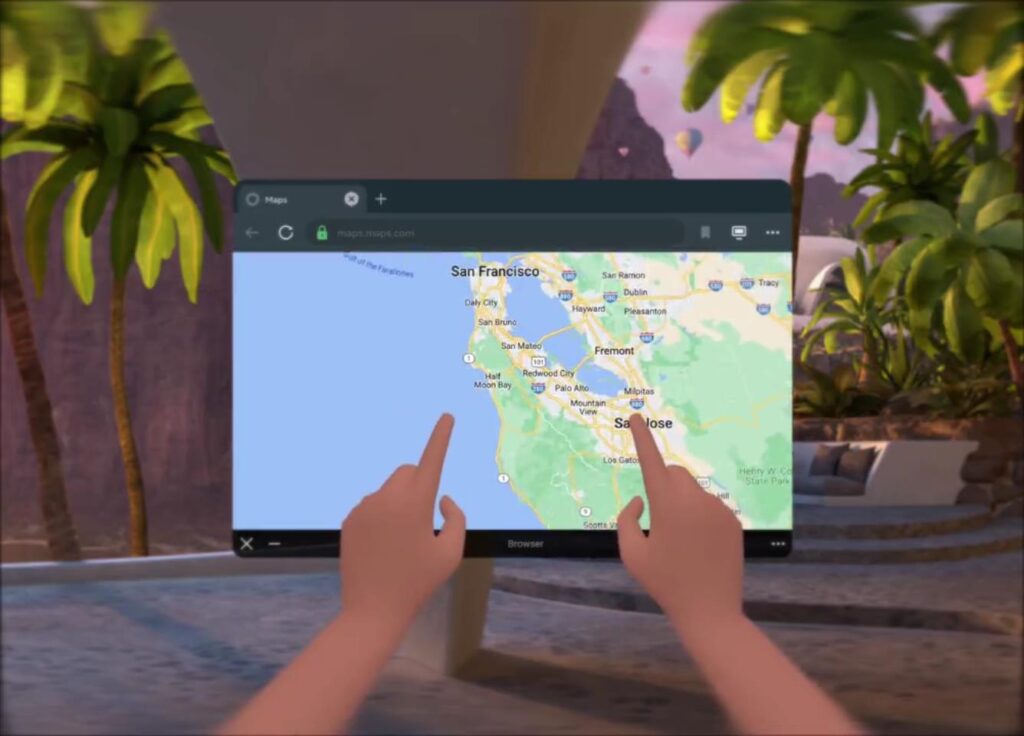
Hidden Features – Extended Battery Life Mode & More
NyaVR has datamined some intriguing features located in the v57 update that has not been publicly revealed within the PTC. These include the ability to toggle an avatar mirror in the home environment, the introduction of a “Horizon Worlds Portal” within the home environment, the incorporation of an Airplane Mode, and the addition of an Extended Battery Mode.

The mirror, currently present in every home environment, will soon feature an option to deactivate it, catering to the preferences of certain players. Intriguingly, the datamine also unveils a “portal” element (which users will similarly have the ability to deactivate). Currently, there is no confirmation or other leaks regarding its function.

Airplane Mode, as hinted by its name, is designed particularly for people who wish to use VR while on an airplane. This feature is important because the headset’s sensors cannot function optimally during travel by car or plane – Rendering 6-DoF tracking becomes impossible. It remains uncertain whether Meta has created a solution to enable 6-DoF tracking during air travel; nevertheless, some form of feature to address this problem is undoubtedly in the works.

Last but certainly not least, the “extended battery mode” is said to allow the headset to enter a so-called “low power mode,” thereby extending the possible usage time within the headset without requiring additional battery charge.
The message found in the string – “Extend your headset’s battery life by lowering overall graphical fidelity” highlights that users will need to compromise on graphical quality to extend their playtime, should they choose to do so.
This feature holds greater value in Quest 3 compared to other headsets, given that the new chipset of Quest 3, the Snapdragon XR2 Gen 2, is expected to be twice as powerful as its predecessor in Quest 2. Consequently, underclocking the device to achieve long battery life appears to be a more viable option, especially when compared with the idea of underclocking the XR2 Gen 1, which, as various sources suggest, is underclocked by default.

